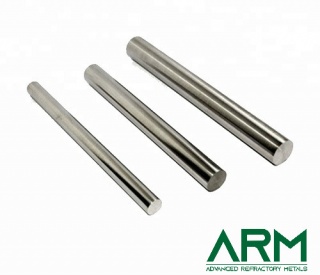Marketing
How Was Molybdenum Discovered?
Although molybdenum was discovered in the late 18th century, it was used before discovered. For example, in the 14th century, Japan used steel made of molybdenum to make sabers. In the 16th century, the molybdenum minerals are used as graphite because they are similar in appearance and properties to lead, galena, and graphite, and the Europeans collectively referred to the minerals as "molybdenite".
In 1754, Swedish chemist Bengt Andersson Qvist tested the molybdenum mine and found it contained no lead. So he thought that molybdenum is not the same substance as galena.
In 1778, Swedish chemist Scheer discovered that nitric acid and graphite could not react, and a white powder was obtained after reacting with the molybdenum, which was boiled with a base solution and crystallized into a salt. He thought the white powder was a kind of metal oxide, but after mixing it with the charcoal, he didnít get the metal, and when heated with sulfur, he got its original molybdenum deposit. Therefore, he thought that molybdenum should be a mineral of unknown elements.
A Swede named jelm used the carbon reduction method to separate a new metal from the white powder and named it "Molybdenum" in 1781 according to Scheele.
In 1891, France's Schneider Schneider took the lead in producing molybdenum as an alloying element. They found that molybdenum had superior performance and was only half as dense as tungsten. Molybdenum gradually replaced tungsten as the alloy element of steel, thus opening the application of molybdenum industry.
At the end of the 19th century, the properties of molybdenum steel were found to be similar to that of tungsten steel after adding molybdenum to steel. In 1900, the production of molybdenum iron was developed, and the special performance of molybdenum steel to meet the needs of gun steel was also discovered, which made the production of molybdenum steel rapidly developed in 1910. Since then, molybdenum has become an important component of various structural steels of heat resistance and anti-corrosion, as well as an important component of non-ferrous metal - nickel and chromium alloys.
Advanced Refractory Metals (ARM) supplies people with high-quality molybdenum metal powder, molybdenum strip, etc. all over the world. Please visit https://www.refractorymetal.org for more information.
Post je objavljen 16.08.2019. u 08:55 sati.
